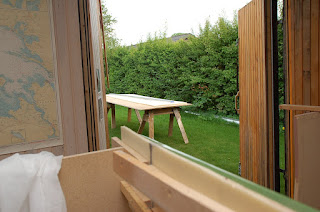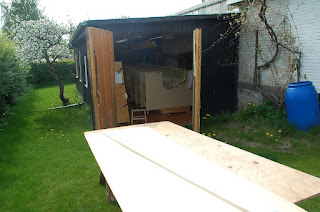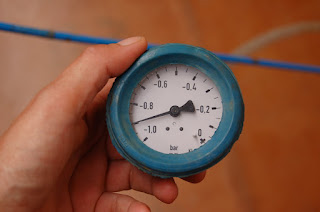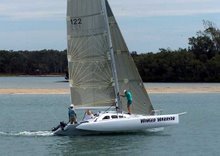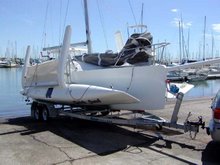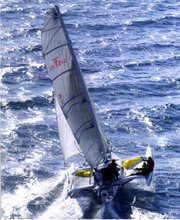
These parts are flat so I bag them on the big table. I use 400 gm2 inside and 600 gm2 outside.
I am quite surprised how many times I used these vacuum materials over and over . The bag is used at least 5 times. I cut a bag at least 20 cm larger than the table, so I can with a firm snap pull it away from the tacky tape. The tacky tape is protected from dirt when not in use with the same covering tape it came with. I take good care of this paper tape, since it is the best to pull off.
Also the release film can be reused, although this is a cheap material. Only the bleeder goes to the dump.

The panels can be a bit tricky to lift from the table. I found this tapered batten very use full, to push under the panels and lift them all over . This work especially well if some parts are very narrow, and fragile. Remember the epoxy is very long to gain full cure unless heat is used during bagging. I don't, I wait until parts are assembled.


